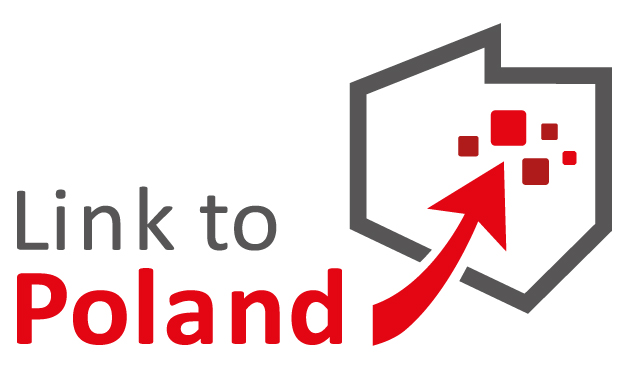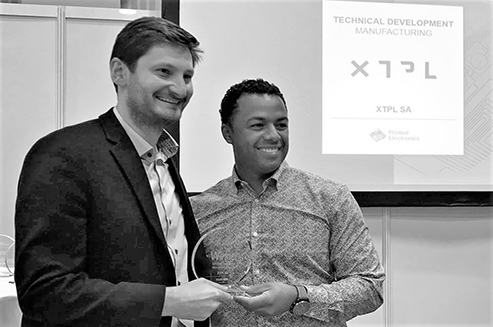XTPL’s lab printer has had its first-ever presentation at the IDTechEx Printed Electronics Europe Show. The company was honoured for its achievement in developing and commercialising printed electronics technologies and won Technical Development Manufacturing Award.
The judges of the award were Mr. Ashutosh Tomar, Principal Engineer, Technology Strategy at Jaguar Land Rover and Professor Ulrich Moosheimer of Munich University of Applied Sciences.
– XTPL have demonstrated ultra-fine resolution printing without complex pre or post processes – a significant development for printed electronics manufacturing – says Raghu Das, CEO, IDTechEx.
– The Technical Development Manufacturing Prize awarded by the jury whose members represent the major companies from the global printed electronics sector has special importance to us. We have just presented our first product, the printer that allows to print nanomaterials cost-effectively, and it was immediately appreciated. This award which we received during the IDTechEX Show in Berlin, the top international trade fair of printed electronics, confirms that our solution answers the needs of the market. The XTPL technology will find its application in many sectors of economy. We are happy that from now enterprises around the world will be able to look for and develop their own applications for our solution – says Dr Filip Granek, CEO at XTPL.
XTPL’s technology allows to create ultra-thin and transparent electrically conductive lines which may be used e.g. in manufacturing a new generation of TCF (Transparent Conductive Films) applied in the global markets manufacturing thin-film solar cells, displays, touch screens and flexible electronics. It allows to print lines which are less than 150-nm wide, i.e. over 400 times narrower than the standard lines used for digital printing or screen printing. It can replace the rare and expensive indium in transparent conductive films.
The printer developed by the Polish company is dedicated to technologists from R&D departments who will be able to use XTPL’s technology in their research and development work, extending its scope of application. As confirmed by the creators of this technology, ultra-thin electrically conductive lines can be used in the production of solar cells and displays as well as in printed electronics, biosensors, nanophotonics, microphotonics, smart windows and anti-counterfeit solutions.
Source: XTPL
Photo © XTPL


